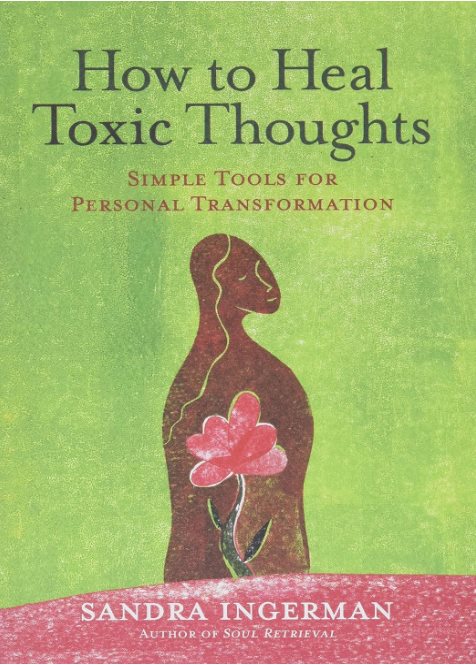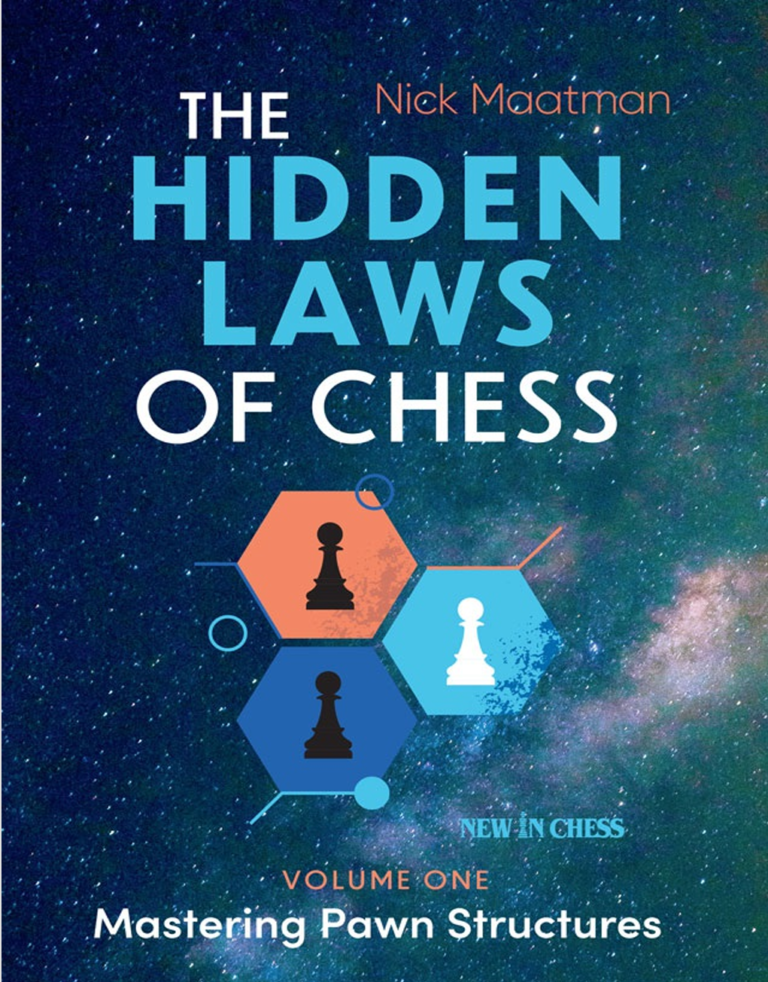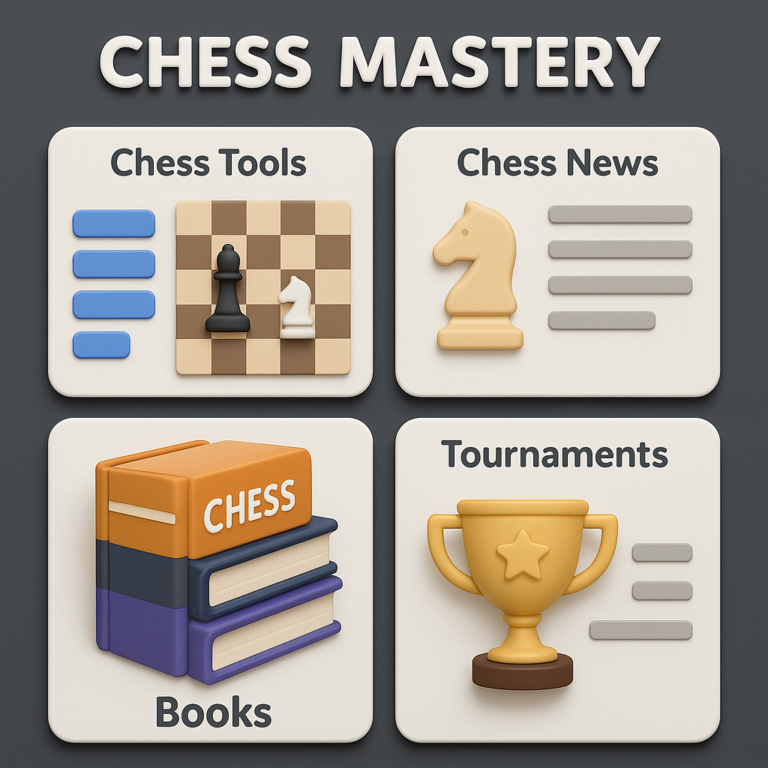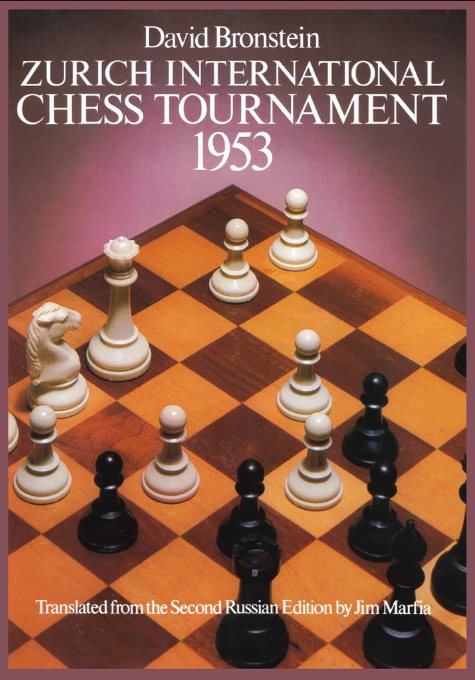
Book Review: How to Heal Toxic Thoughts by Sandra Ingerman
“Is it possible to cleanse our inner world to create a healthier, more peaceful reality?”
In How to Heal Toxic Thoughts, Sandra Ingerman offers a transformative guide on managing negative energy and fostering positive interactions. Grounded in spiritual healing and shamanic traditions, the book presents simple, everyday practices aimed at cultivating peace, empathy, and resilience. Ingerman argues that by consciously choosing our thoughts and emotions, we can mitigate the impact of negativity—both on ourselves and on the people around us.
Overview
The book’s core premise is that our thoughts carry energy that can influence not only our own well-being but also the world around us. Ingerman guides readers through practices such as mindfulness, visualization, and intentional breathing to counteract the “poison arrows” of harmful thoughts. Her focus on spiritual healing techniques, drawn largely from shamanic traditions, aims to teach readers how to transmute negative energy into positive forces of healing and growth.
Key Elements
Themes and Ideas:
The book is organized into chapters that cover various aspects of emotional and spiritual wellness, including managing anger, practicing self-awareness, and using visualization techniques. Central to Ingerman’s philosophy is the belief that thoughts are as impactful as physical actions; they can either harm or heal, depending on the energy they carry. The book addresses the broader effects of “toxic” thoughts on the environment, encouraging readers to see themselves as interconnected with all life.
Research and Evidence:
Ingerman’s perspective is rooted in shamanic teachings, which she skillfully integrates with modern psychology. She references ancient practices like spiritual alchemy—the transformation of inner darkness into “light”—and draws on her own experiences as a shamanic healer. While not heavily scientific, the book offers practical exercises and relatable anecdotes, reinforcing the potential of positive thinking and personal transformation.
Writing Style:
Ingerman writes with a gentle, empathetic tone that reflects her deep connection to her subject. Her style is accessible and inviting, making complex spiritual concepts approachable for readers of all backgrounds. Although her approach may appeal most to those open to holistic healing, her explanations and examples help demystify shamanic practices.
Strengths
The book’s accessible language and actionable advice make it valuable for readers new to spiritual healing. Ingerman provides straightforward exercises—such as deep breathing and visualization techniques—that can be easily incorporated into daily life. Additionally, her focus on self-responsibility is empowering, encouraging readers to take charge of their own emotional landscapes rather than blaming others for their negativity.
Constructive Criticism
For some readers, the lack of empirical evidence or a scientific framework may feel limiting, as the book leans heavily on anecdotal experiences and spiritual traditions. Ingerman’s reliance on shamanic beliefs and language might also feel unfamiliar or difficult to connect with for readers who favor more conventional approaches to emotional well-being.
Personal Impact
Reading How to Heal Toxic Thoughts served as a reminder of the subtle yet powerful influence our thoughts can have on our interactions and environment. Ingerman’s practices encouraged me to be more mindful of my inner dialogue and to approach situations with greater empathy and patience. Her insights into transforming anger into constructive energy are particularly valuable, offering practical ways to break free from reactive habits.
Recommendation and Rating
This book is well-suited for readers interested in holistic approaches to emotional wellness, particularly those curious about shamanic practices and spiritual healing. It’s a gentle guide for anyone looking to create a more peaceful mindset and positive interactions.
Rating: ★★★★☆








Thanks for sharing. I read many of your blog posts, cool, your blog is very good. https://www.binance.info/sk/register-person?ref=OMM3XK51